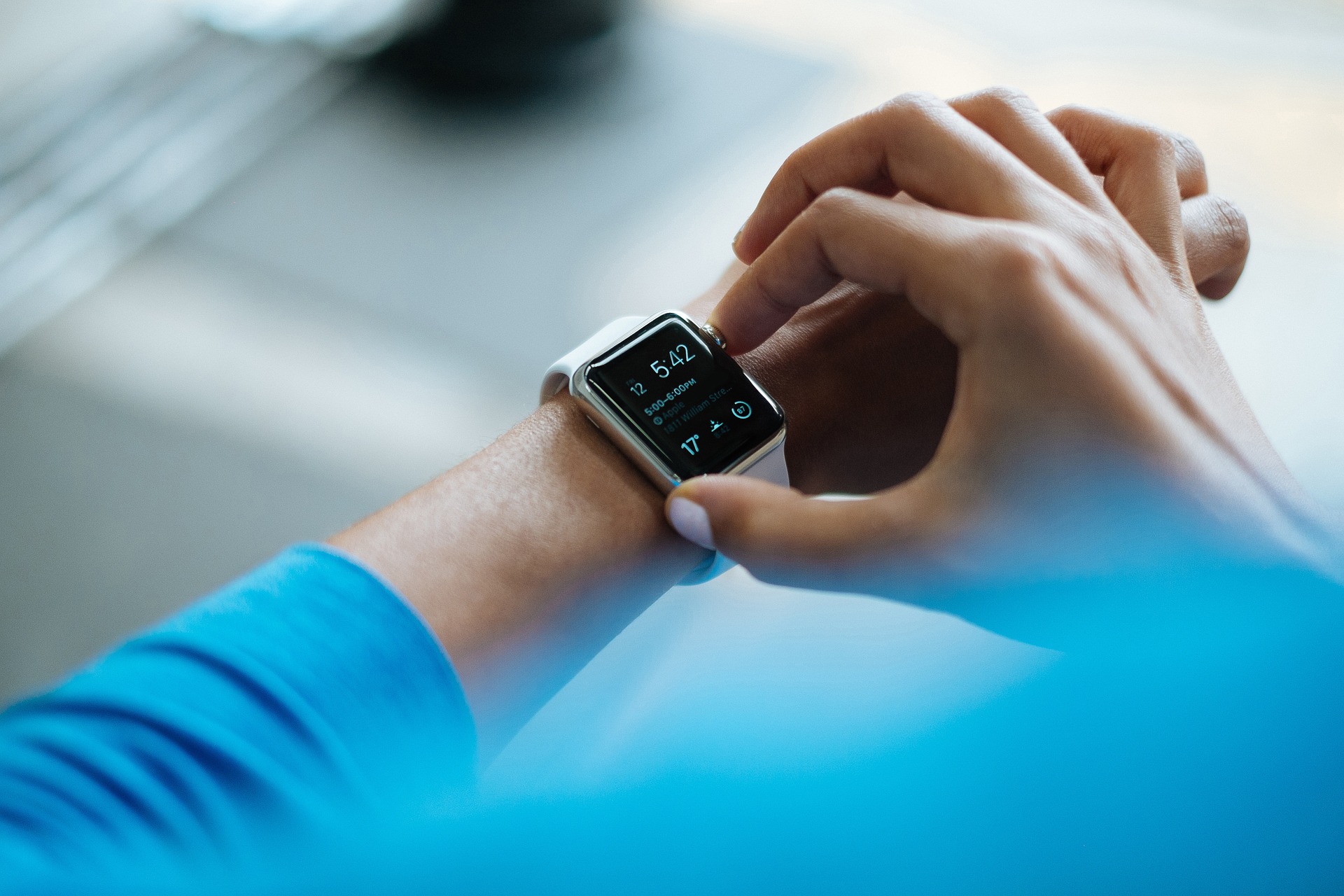Internet of Things
Internet of Things is expected to make the lives of human beings more comfortable. It’s a concept that not only has the potential to impact how we live but also how we work. The word ”smart” is associated with IoT. Probably the statement, work smart not hard could be the outcome of IoT.
“Of all the technology trends that are taking place right now, perhaps the biggest one is the Internet of Things; it’s the one that’s going to give us the most disruption as well as the most opportunity.”- Daniel Burrus, CEO& Founder- Burrus Research
IoT will be most likely to have widespread adoption in the next
Internet of Things- Defintion
What is IoT?
The IoT is the network of physical objects or "things" embedded with electronics, software, sensors, and network connectivity, which enables these objects to collect and exchange data.
The Internet of Things revolves around increased machine-to-machine communication; it’s built on cloud computing and networks of data-gathering sensors; it’s mobile, virtual, and instantaneous connection; and they say it’s going to make everything in our lives from streetlights to seaports “smart.”
Internet of Things-Enabling Environment
ü Broadband Internet has become more widely available
ü The cost of connecting is decreasing,
ü More devices are being created with wifi capabilities and sensors built into them,
ü Technology costs are going down,
ü Smart phone penetration is sky-rocketing.
All of these things are creating a “perfect storm” for the IoT.
Internet of Things- Startup Opprtunities
IoT is slowly making its way into homes and offices, with products like Nest and Ring connecting home appliances to the cloud. Businesses, now, realize the importance of creating products that will address the growing need for tech.-connected solutions.
Internet of Things- applications
The IoT has application both in B-C and B-B. The B-C applications and benefits are already visible in terms of fitness bands and personal health monitoring. There is lot of value waiting to be tapped in the area of B to B. Business of all types will be affected in one way or another by this trend.
To make the Internet of Things more understandable, media coverage has often focused on consumer applications such as, wearable health, fitness devices, as well as the automation products that create smart homes.

Image source: Pixabay
IoT- B2C Examples
What is Nest? (Source from Forbes)
Co-founded by two former Apple engineers, Nest’s mission is to reinvent those devices that are a necessary part of every home. While the company also offers cloud-connected smoke and carbon monoxide detectors, its signature product is its thermostat, which learns its owner’s behavior. Rather than having to figure out how to program the thermostat to change its temperature for various times of day, the homeowner needs only manually change the temperature. In time, the thermostat learns the homeowner’s routines and adjusts automatically.
But one of the most useful things about Nest is its app. Using a mobile device, homeowners can check the thermostat’s settings and adjust them from anywhere. Both of the company’s products are considered the best in the industry, which is likely why Google took interest.
What is Ring?
Ring Gesture Control Device is for
Smart Devices.
When you leave home, are you sure the lights are turned off? With Ring one can check it with a video camera and adjust them simply by sending a text message through live chat. Save energy!
How does this impact individuals?
Source: Jacob Morgan
You are on your way to a meeting, your car could have access to your calendar and already know the best route to take. If the traffic is heavy ,your car might send a text to the other party notifying them that you will be late.
What if your alarm clock wakes up you at 6 am and then notifies your coffee maker to start brewing coffee for you?
What if your office equipment knew when it was running low on supplies and automatically re-ordered more?
What if the wearable device you used in the workplace could tell you when and where you were most active and productive and shared that information with other devices that you used while working?
IoT- B2B Examples
IoT’s impact is already extending beyond its early B-C most visible applications. A much greater potential in B-B remains to be tapped.
Source: McKinsey Quarterly
Creating B2B value globally
McKinsey research reveals considerable value in B-B areas. Yet the more visible manifestations of IoT’s power shouldn’t distract executives from a core fact: business-to-business applications will account for nearly 70 percent of the value that we estimate will flow from IoT in the next ten years. We believe it could create as much as $11.1 trillion a year globally in economic value in nine different types of physical settings. Nearly $5 trillion would be generated almost exclusively in B2B settings: factories in the extended sense, such as those in manufacturing, agriculture, and even healthcare environments; work sites across mining, oil and gas, and construction; and, finally,offices.
There’s also a global dimension to IoT’s B2B potential. Emerging markets, whose manufacturing-intensive economies often supply goods to final manufacturers, will be prime areas for IoT adoption. But over the next ten years, the total economic impact from IoT will be greater in advanced economies, given the possibility of larger cost savings and higher adoption rates
i. Predictive Maintenance
ii. Logistics Industry
iii. Inventory Management especially in perishables
iv. Product Development & Testing with embedded Sensors
v. Machine to Machine talking
vi. Smart Cities which can help to reduce waste and improve efficiency for things such as energy use
Internet of Things- Flip Side
i.Security
Security is a big issue that
is oftentimes brought up.
Will someone be able to hack
into your toaster and thereby get access to your entire network? The IoT also
opens up companies all over the world to more security threats.
ii. Issue of privacy and data sharing
This is a
most debated topic even today so one can only imagine how the conversation and
concerns will escalate this many billions of devices being connected.
iii. Overload of Information
The
massive amounts data that all of these devices will be generating is another
issue companies may face. They need to figure out a way to store, track,
analyze, and make sense of the vast amounts of data that will be generated.
Internet of Things- Conclusion
One will be wondering whether IoT is a boon or bane?
As with any major technological shift, realizing IoT’s potential will require significant management attention in businesses not just to new technical imperatives but also to organizational issues and security threats.
The new rule for the future is going to be, “anything that can be connected, will be connected.”
Ultimately IoT will lead.

